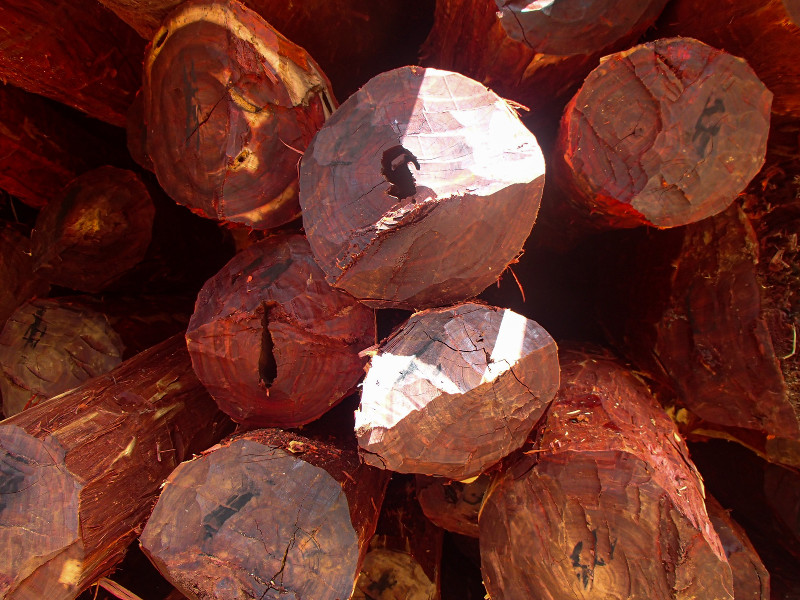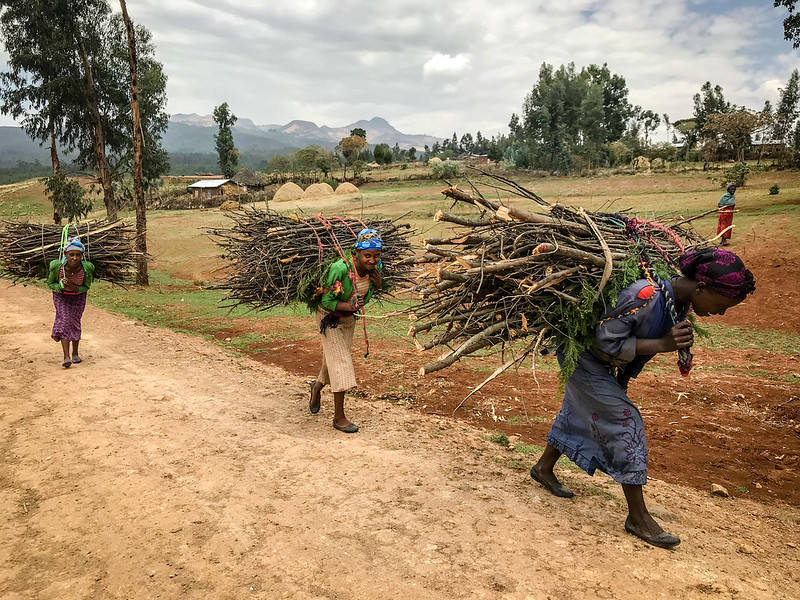There is continued decline in per capita agricultural productivity in the drier parts of Kenya's central highlands. The declines have been linked to low and declining soil fertility, soil water, high atmospheric heat, prolonged dry-spells and erratic rainfall. Integrated soil fertility management (ISFM) technologies have been developed and tested in the region. Despite their significant impacts, high variability in local soils and climate contributes to large variations and inconsistency in research results among replications. Experimentation is expensive and limited to a few years, sites and scenarios. Crop-growth simulation models suitably complement experimental research, to support decision making regarding soil fertility and water management. This study evaluated the performance of the Agricultural Production Systems Simulator (APSIM) model. APSIM was parameterized and calibrated based on a rain-fed randomized complete block trial (2009-2012) at a research station in Machang'a, Embu County. The study further reported on long-term effects of integrated Nitrogen (N) management from organic residues (goat manure, Lantana camara, Tithonia diversifolia and Mucuna pruriens) and their combination with mineral fertilizers in maize production. The model adequately reproduced the observed trends of maize leaf area index (LAI) and yield response to the test N amendments. Long-term simulations showed that application of 0, 20 and 40 Kg N ha-1 had low inter-seasonal variations (CV = 18-33%) in yields. High yield variability (CV > 56%) was observed in the application of 60 and 80 Kg N ha-1. Application of 40 Kg N ha-1 by combining mineral fertilizer and manure showed 80% chance of harvesting more than 2.5 Mg ha-1 of maize grain yield. Maize stover mulching at 5 and 6 Mg ha -1 with the same N application increased long-term guaranteed grain harvests to 3.5 Mg ha-1. This is when complemented with 90 Kg P ha-1. This integrated N and soil water management is thus recommended. For subsistence farming, low-cost recommendations are geared towards some 'guaranteed' yield stability each cropping season. This recommendation underpins low-cost technologies that reduce production risks among small-holder farmers who faced with intermittent financial problems, to improve food security. However, there is need to evaluate and verify that there is a positive balance of primary nutrients such as N, P and K in such a fertility and water management option. Its effects on C:N levels ought to be evaluated as well. Copyright © Cambridge University Press 2015.
DOI:
https://doi.org/10.1017/S0014479715000095
Altmetric score:
Dimensions Citation Count:






















